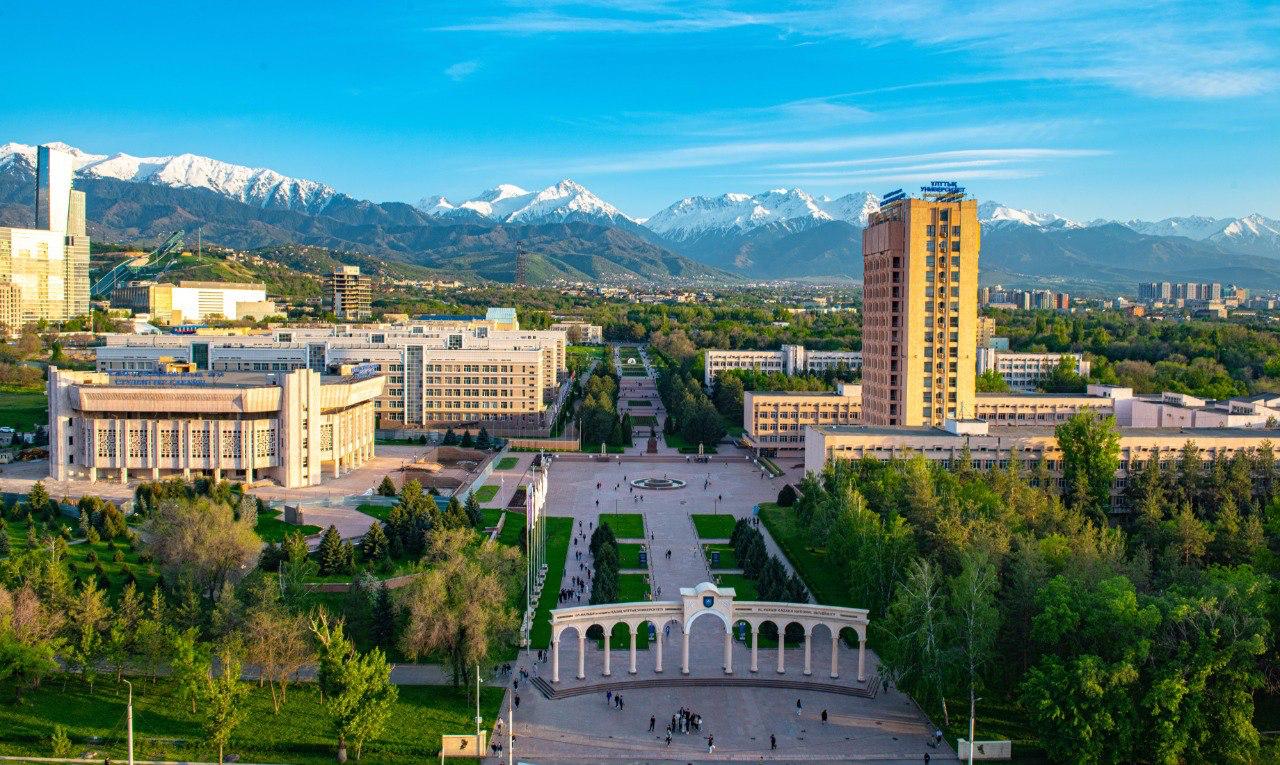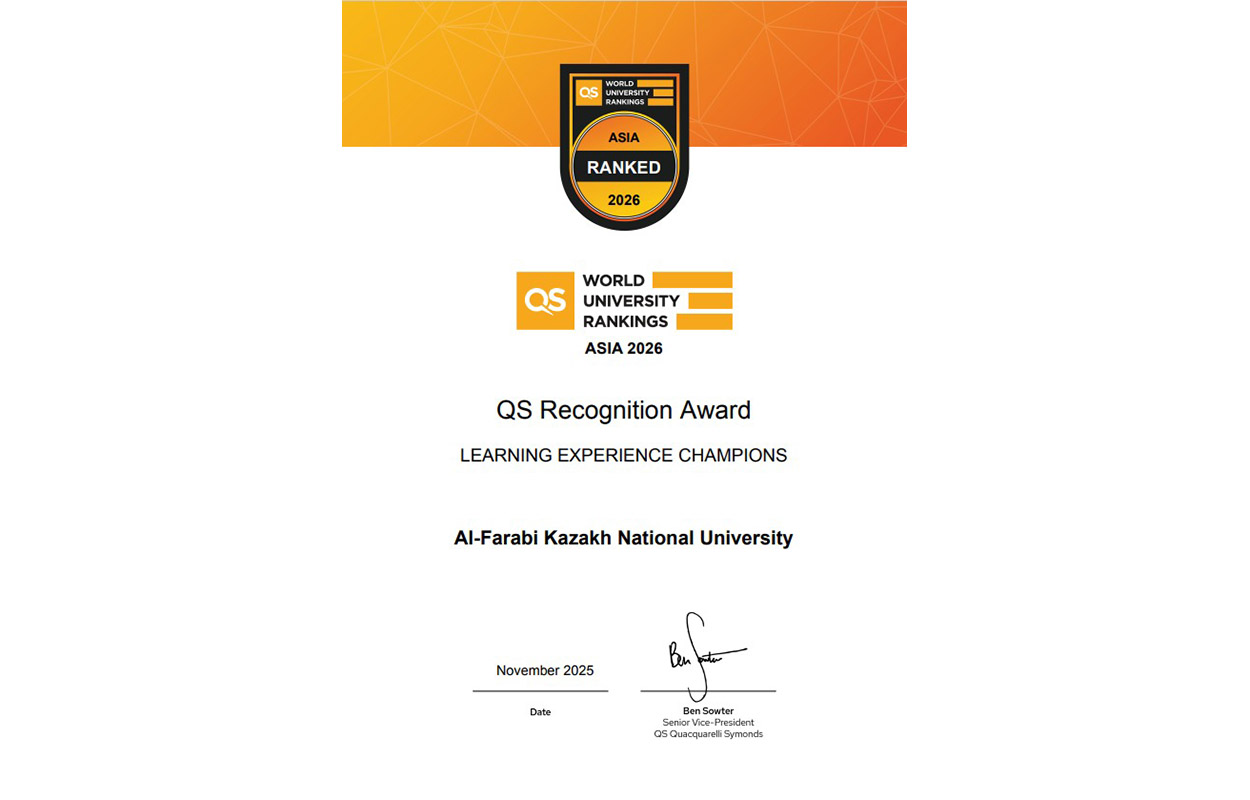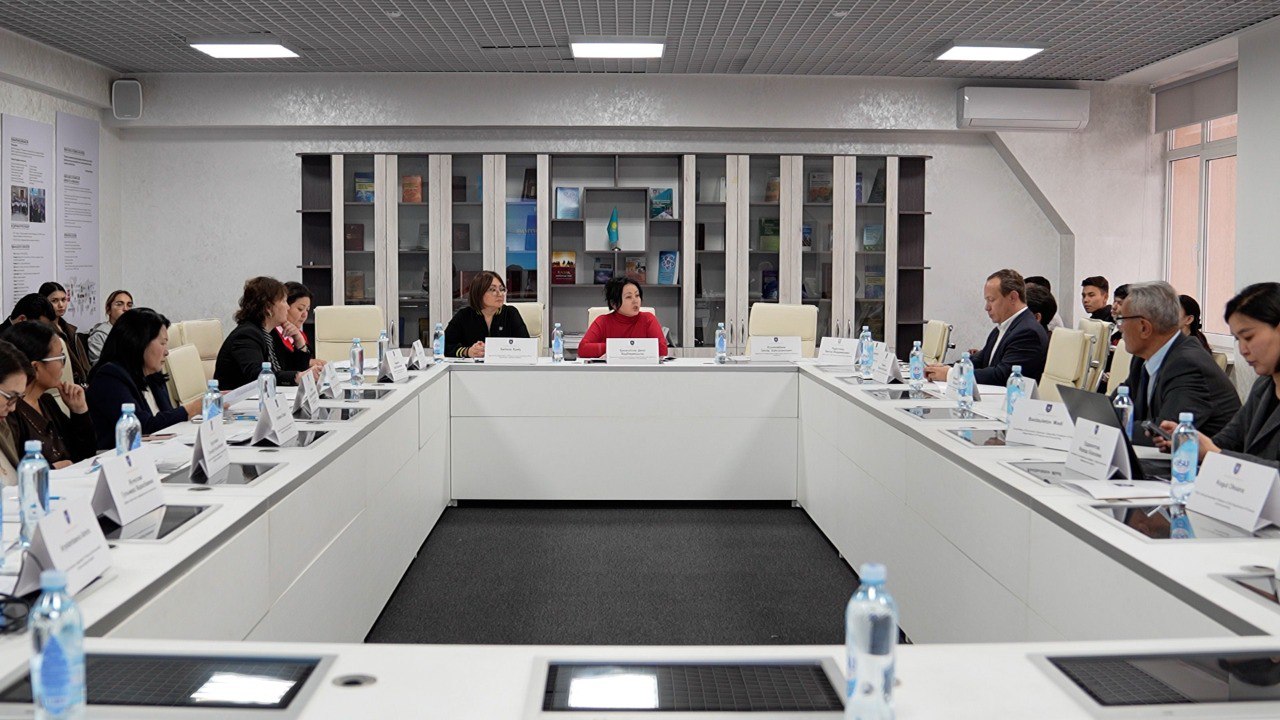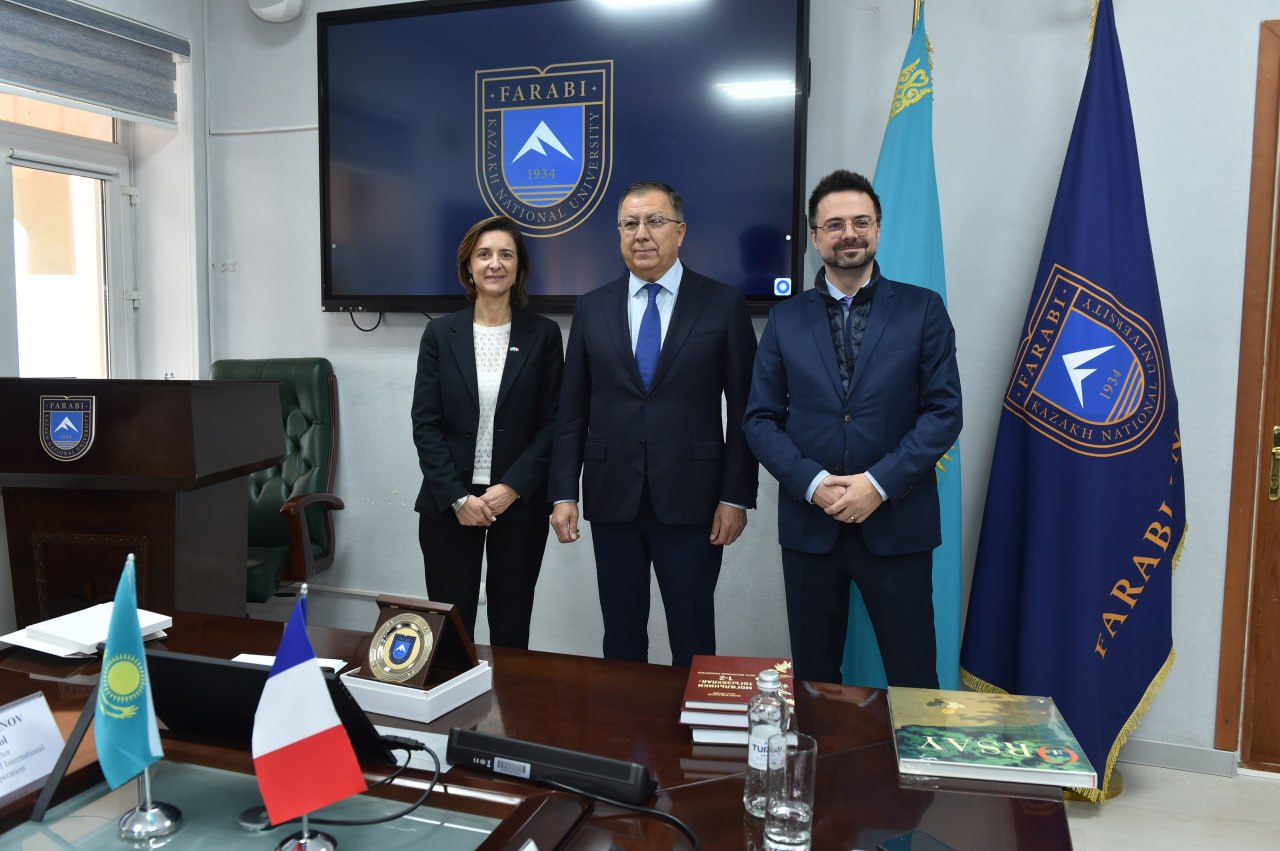Kazakhstan Innovation Technologies Company

Background and unsatisfied need The project is aimed at creating a technology of machine vision - face recognition in real time with an acceptable level of stealth and high accuracy of identification. The global market for face recognition and emotion recognition is now experiencing an average annual growth of almost 20%, due to growing threats to information and national assets of states. Creation of such a technology, which is not inferior to the world analogs, will satisfy Kazakhstan’s both state and private sector demand. Tech description Machine vision is a technology of artificial systems, designed for photo and video portrait "identification of faces and objects from a large array of photo and video data. With the help of this technology, it is possible to solve the main tasks in the implementation of smart cities, including: • Reducing crime • Control and cost reduction • Road traffic unloading and optimization of public transport • Monitoring of mining operations • Monitoring of disaster areas, as well as prevention of consequences in hazardous areas in emergency situations. The final product is a software - a detector for installation into video cameras. According to preliminary estimates, the detector will have an extremely low probability of errors. The method works well and detects facial features even when observing an object at a small angle and low illumination. Business model: The company will monetize its technology through sales of software or complex (all-inclusive) solutions and provision of services. Technology advantages: There are no local developers of such machine vision systems in Kazakhstan and mostly products from Russia and other foreign companies are present on the market. In contrast to foreign developments, the proposed technology detects facial features even when observing the object at an angle of up to 30 °, with low illumination and with an accuracy of over 90%. www.kitc.kz The Technology has also the following advantages: • Use of a new generation neural network (neural network is resistant to noise); • Face recognition in real time; • Does not require physical contact with the device; • High contrast and image quality; • API availability (application programming interface) for integration with external systems; • Available as a web application; • Available for Windows, Linux and Cloud; • Mobility (Feedback from the customer will be established through communication through our website, the customer will have access to the account, which provides "question-answer" sections for communication with managers and specialists of companies; • Domestic production, which in turn enables direct contact with customers to modify individual product characteristics. Market potential/application According to analysts' forecast, the world market of technologies for face recognition will reach almost $8 billion US dollars by 2022, whereas in 2016 it was estimated at $3.3 billion. Potential customers of the technology: 1. Large shopping centers - to monitor the workforce and statistics, number of customer visits to improve service and meet market demand, and identify suspicious situations in real time without the involvement of the human factor. . Large and medium-sized educational centers - for the calculation of applicants in the admission committee for the purpose of promptly responding to the shortage of consultants. Ranking of teachers "by the number of students" in relation to the total number of participants. Monitoring and control of student neighbourhoods. 3. Industrial and technological centers. 4. Strategically important objects of the state - for monitoring of the train stations and airports. Development status: Initial software prototypes for determining the shape of a perso's face has been developed. A neural network with nonlinear electronic elements was created to classify chaotic signals, in order to recognize the object. A theory and a numerical algorithm for the circuitry modeling of a neuron based on our "nonlinear, scale - invariant" theory, which was implemented on a programmable integrated circuit is available. Publications in foreign ranked journals were published. IP status: Within the framework of this project, the certificate of copyrights will protect the IP.


